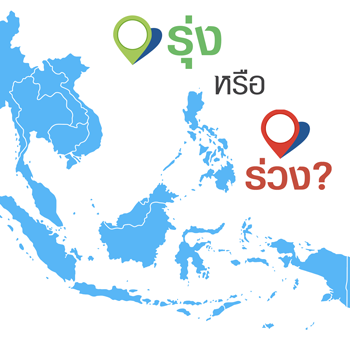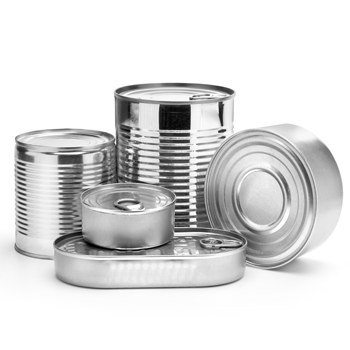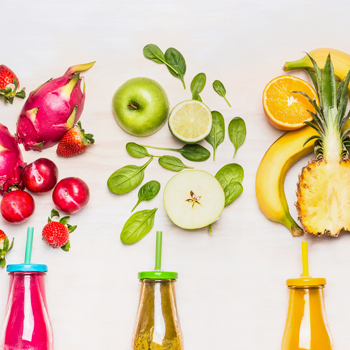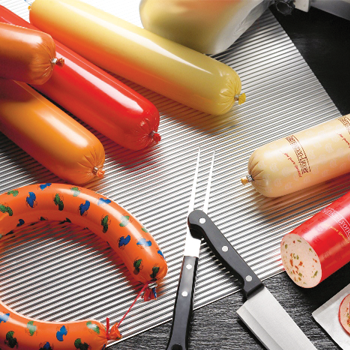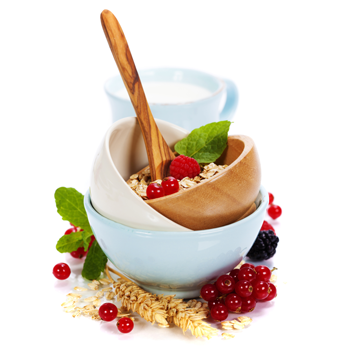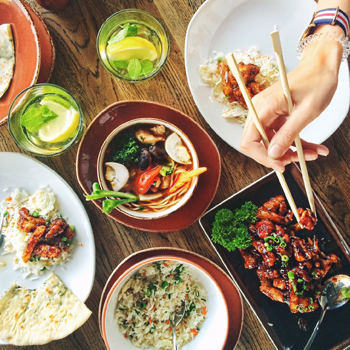สถานการณ์ของอุตสาหกรรมอาหารและเครื่องดื่มในภูมิภาคเอเชียตะวันออกเฉียงใต้: รุ่ง? หรือ ร่วง?
โดย: Mathias Kuepper
Managing Director
Koelnmesse Pte. Ltd.
จากบทความฉบับล่าสุดโดย World Economic Forum for ASEAN ได้คาดการณ์ว่าภายในปี 2593 ภูมิภาคเอเชียตะวันออกเฉียงใต้ซึ่งมีประชากรอาศัยอยู่กว่า 600 ล้านคน จะมีความต้องการอาหารเพิ่มขึ้นถึงร้อยละ 40 ส่งผลให้มีการส่งออกระดับภูมิภาคเพิ่มขึ้นอีกร้อยละ 15 และเกิดการจ้างงานด้านเกษตรกรรมมากกว่า 4.5 ล้านรายการภายในปี 2568 การขยายตัวดังกล่าวนี้กำลังนำผลประโยชน์มหาศาลมาสู่กลุ่มประเทศกำลังพัฒนาในไม่ช้า และขณะเดียวกันก็ไม่อาจหลีกเลี่ยงการใช้ทรัพยากรสิ่งแวดล้อมอย่างเอาจริงเอาจังรวมถึงผลที่อาจเกิดขึ้นกับระบบการจัดหาอาหารในระดับภูมิภาคได้
จากรายงายนี้ชวนให้สงสัยว่าสิ่งแวดล้อมและเศรษฐกิจนั้นจะยังคงรองรับกับสถานการณ์ดังกล่าวได้อีกนานเท่าใดเพื่อตอบสนองต่อความต้องการของมนุษย์ ดังนั้น ผู้ผลิตอาหารทั่วโลกและทั้งภูมิภาคควรจะต้องปรับปรุงโครงสร้างพื้นฐานทางกายภาพให้ดีขึ้น โดยใช้ประโยชน์จากเทคโนโลยีและยกระดับเทคโนโลยีทางด้านการเกษตร ซึ่งไม่เพียงต้องใช้เวลานานแต่ยังต้องมีการลงทุนอย่างมีศักยภาพด้วยเช่นกัน เพื่อให้ตอบสนองต่อความท้าทายเหล่านี้ได้อย่างยั่งยืน แต่หากยังไม่มีการจัดการในเรื่องเหล่านี้ก็อาจจะเกิดภัยคุกคามด้านความมั่นคงทางอาหารในอนาคตได้
การเปลี่ยนแปลงพฤติกรรมการบริโภคอาหารและเครื่องดื่มก่อให้เกิดความตึงเครียดด้านสิ่งแวดล้อมอย่างไร?
ภูมิภาคเอเชียตะวันออกเฉียงใต้ได้รับการยกย่องว่าเป็นหนึ่งในภูมิภาคขนาดใหญ่ที่ประสบความสำเร็จและมีการขยายตัวทางเศรษฐกิจมากที่สุด คาดการณ์ว่าในอีก 5 ปีข้างหน้านั้นจะมีจำนวนประชากรชนชั้นกลางเพิ่มมากขึ้นกลายเป็นกลุ่มประชากรส่วนใหญ่ หรือมีขนาดเป็นสองเท่าประมาณ 400 ล้านคนภายในปี 2560 ทั้งนี้ คณะกรรมการพัฒนาเศรษฐกิจของประเทศสิงคโปร์คาดการณ์ว่าประชากรกลุ่มนี้อาจจะมีมากถึงร้อยละ 60 ของภูมิภาคเลยทีเดียว
In a recent article released by the World Economic Forum on ASEAN, Southeast Asia, home to more than 600 million people, is expected to see food demand increase by as much as 40% by 2050, increasing the region’s exports by 15% and creating up to 4.5 million new agriculture jobs by 2025. While this brings numerous short-term benefits to the region’s developing economies, it will undeniably place heavy strains on the environment and the regional food supply system.
This begs the question – how long can the environment and economy hold out to meet our needs? In order to sustainably meet these challenges, food producers around the world and in the region would have to improve physical infrastructures, leverage technologies and upgrade farming techniques which are not only time-consuming but potentially costly as well. Yet without it, the future of our food security would be further threatened.
How are evolving patterns of F&B consumption putting strains on the environment?
Southeast Asia is increasingly being acknowledged as one of the most successful and economic super-region in the world. As we continue our rapid expansion into the next five years, a huge middle class will emerge – more than double in size to exceed 400 million by 2020. The Economic Development Board of Singapore forecasts that this demographic will make up 60% of the region’s population.
